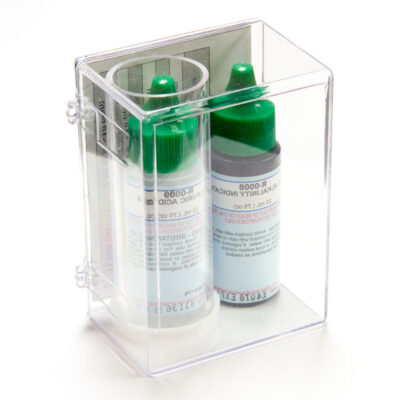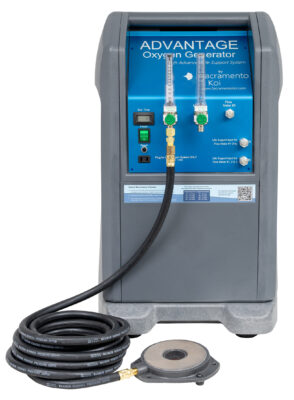How well is your filter performing?
 Just like a high performance car requires a certain octane gas and sufficient oil to perform to its full potential. In the same manner a koi pond filter has it’s requirements also. All pond filters follow a very basic design. They are there to provide a surface for beneficial bacteria to grow and flourish on. Ideally, this bacteria will continue too grow in response to the level of ammonia and nitrite in the water, there by removing these chemicals to the point of keeping the pond water healthy.
Just like a high performance car requires a certain octane gas and sufficient oil to perform to its full potential. In the same manner a koi pond filter has it’s requirements also. All pond filters follow a very basic design. They are there to provide a surface for beneficial bacteria to grow and flourish on. Ideally, this bacteria will continue too grow in response to the level of ammonia and nitrite in the water, there by removing these chemicals to the point of keeping the pond water healthy.
There are two very important items that every filter requires to perform this task. One is Alkalinity. The other is Oxygen. Without a sufficient level of either of these items in the water the beneficial bacteria will either stop growing or die.
 Alkalinity in water, often referred to as the water’s buffering capacity, is essential in maintaining a stable pH level. In the context of a pond filter, this stability is crucial for the health and function of beneficial bacteria. High alkalinity helps to neutralize acids and prevents significant pH fluctuations, creating a stable environment where beneficial bacteria can efficiently perform their biological filtration processes. Without adequate alkalinity, pH levels can become unstable, potentially stressing or even killing the beneficial bacteria.
Alkalinity in water, often referred to as the water’s buffering capacity, is essential in maintaining a stable pH level. In the context of a pond filter, this stability is crucial for the health and function of beneficial bacteria. High alkalinity helps to neutralize acids and prevents significant pH fluctuations, creating a stable environment where beneficial bacteria can efficiently perform their biological filtration processes. Without adequate alkalinity, pH levels can become unstable, potentially stressing or even killing the beneficial bacteria.
An alkalinity level between 90 and 120ppm is ideal. An alkalinity level up to 200 is ok but not necessary. At an alkalinity level of 40ppm or lower the beneficial bacteria will no longer function. To raise the alkalinity level you can simply add baking soda.
 Dissolved oxygen (DO) plays a crucial role in the process of beneficial bacteria removing ammonia and nitrite from pond water. The bacteria involved in these processes are aerobic, meaning they require oxygen to function effectively. Here’s a breakdown of the importance of dissolved oxygen in this context:
Dissolved oxygen (DO) plays a crucial role in the process of beneficial bacteria removing ammonia and nitrite from pond water. The bacteria involved in these processes are aerobic, meaning they require oxygen to function effectively. Here’s a breakdown of the importance of dissolved oxygen in this context:
1. **Ammonia Oxidation**: Ammonia-oxidizing bacteria (AOB), such as *Nitrosomonas*, convert ammonia (NH3) to nitrite (NO2^-). This process, known as nitrification, requires oxygen as it involves the oxidation of ammonia.
2. **Nitrite Oxidation**: Nitrite-oxidizing bacteria (NOB), such as *Nitrobacter*, convert nitrite (NO2^-) to nitrate (NO3^-). This second step of nitrification also requires oxygen for the oxidation of nitrite.
3. **Overall Efficiency**: High levels of dissolved oxygen ensure that both AOB and NOB can perform their functions optimally. Insufficient oxygen levels can slow down these processes, leading to the accumulation of toxic ammonia and nitrite in the water.
In summary, maintaining a proper level of alkalinity and a high level of dissolved oxygen in a koi pond is essential.


